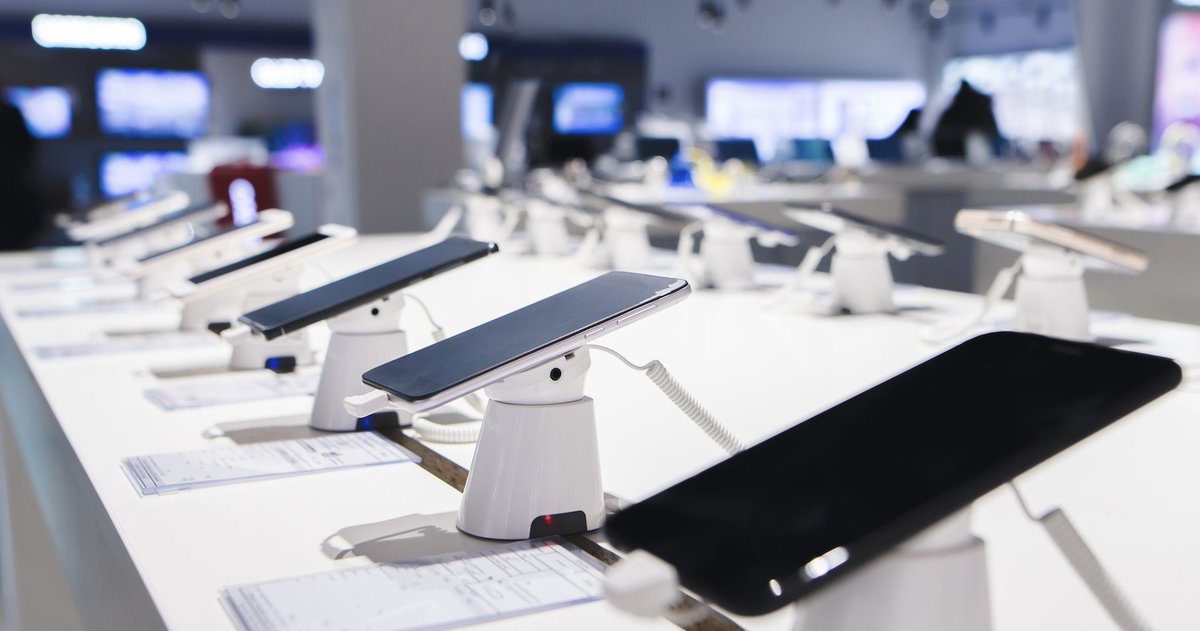5G Status Report: How is it working for you?
What will you learn?
- The problem with 5G.
- What is the solution?
- How can satellites be included in the mix?
5G cellular technology has moved beyond the hype stage to become a part of the common consciousness of most people. 5G is now operational. But how does it work for everyone? Here is an update and my opinion on this technology.
The Current State of the Affairs
5G service is now available in more than 30 major U.S. cities. T-Mobile, Verizon, and AT&T all have working systems. Many are on lower bands (500 to 2500 MHz, others at 6 GHz), while others use the more recent millimetre bands that range from 24 to 39 GHz or higher.
You will also find 5G phones from the usual suspects. Apple offers a 5G iPhone 12, and Samsung has several Galaxy models that are 5G compatible. There are many Chinese brands and LG. These models will cost you approximately $1,300 plus the service. Many more models are coming soon.
How does the new service work with phones? The phone connects to a nearby 5G base station, allowing for calls, texts, emails, and other communications. 5G base stations can be mounted on light poles or sides of buildings and any other space that service companies have available.
Unfortunately, 5G customers find it difficult to get a reliable connection, especially in the millimetre band. Radiophysics says that the greater the frequency, the smaller the range. Subscribers to 5G are finding that they need to be within proximity to a base station to establish a connection. This is usually around a few hundred feet, which can be very frustrating. If your phone can’t connect to a base station 5G, it will fall back to 4G LTE, and you will be connected.
Even worse is trying to make a 5G phone call or send a text indoors. According to some sources, 80% of cell-phone communication takes place indoors. It could be as high as 90%. Besides the fact that there aren’t nearly 5G cells nearby, millimetre waves can’t penetrate concrete, glass or other building materials. You get a 4G call. The 5G phone is unnecessary.
All of this could have been predicted by any good RF engineer who works in the microwave and millimetre-wave spectrums. This makes it difficult to imagine what the mobile phone carriers thought when they developed 5G standards. The major 5G operators are addressing the problem.
The Solutions
The simplest and most direct way to increase the number of base stations is, I think. Perhaps even indoors. You can also increase their power by adding high-gain phased arrays that feature agile beamforming. This will boost the overall transmitted power to smash through walls and other obstacles. This is expensive.
Moreover, the addition of small cells will require more backhaul. Fibre is the most common backhaul, although some microwave and millimetre-wave backhaul is also used. This is where you will pay more.
R&D is continuing and maybe new solutions will be discovered. David Hall from NI suggests looking at different methods for the downlink and uplink. There are both analog and digital options. This may allow for some improvement.
Satellites for Sale
Satellite networks are the answer, according to what I see and hear. However, most people aren’t so dumb to believe it. How can a satellite solve the problem if dozens of tiny cells can only fix it within a few hundred yards? Satellites in low-Earth orbit (LEO), between 30 and 1200 miles above Earth, will not work. Without heavy-duty equipment, space is not a good place to transmit millimetre waves. A stock promotion company promoted the stock of an Israeli satellite modem manufacturer. They claimed to offer a 5G range solution. However, this is not true.
There is also a lot of satellite work. Space X, Elon Musk’s company, is currently building a large LEO constellation to handle 5G traffic. Starlink is a network that already has 300 satellites orbiting the Earth. Hundreds, if not thousands more, are in development.
Amazon is also building a satellite network called Kuiper System. It can use up to 3,236 LEO satellites and 5G technology. OneWeb, a London-based company, is also creating an LEO network. Facebook also indicated that it is interested in creating its own LEO network.
Wow! You can’t say more! Satellites will block the view of the true stars, making them darker. These satellites will pass traffic from hand to hand, but they will require ground stations to distribute that output. Stations located on Earth can be used as backhaul to connect to other 5G networks.
But that doesn’t solve Earth 5G’s problem. Even though 5G phones won’t be able to communicate with the LEO satellites directly (although that is possible with a strong enough 5G phone), future LEO networks will provide worldwide connectivity for standard 5G phones via satellite backhaul uplinks.
Although the satellite picture isn’t complete right now, we will eventually learn more.
Other Questions
Let’s not forget IoT, which uses 5G to connect millions of sensors and controlled devices such as robots and self-driving vehicles. Is 5G reliable enough despite its limited range? How does this work?
However, this is not all. Many concerned organizations and individuals are worried that there will be too much RF radiation from all the 5G satellite sites and millimetre-wave cell sites. This could pose a threat to human health and the climate. Although none of these issues is yet fully proven, we can expect them to be a major topic in the future.
Have you yet bought your 5G smartphone? Perhaps you should wait. I don’t yet have one. It will take years for me to get 5G service here in the boonies. However, the 4G LTE service is great, and I don’t need the millimetre-wave speeds of 5G.
5G still has a long way to go, but AI and other advancements will make it a formidable communications system. Don’t be too optimistic.


